Biology of Skin and Hair of Laboratory Mice and Human Beings: Introduction. Applications and Needs of Models for Dermatological Research (L.A. Goldsmith). Inbred Laboratory Mice as Animal Models and Biomedical Tools: General Concepts (J.P. Sundberg). The Jackson Laboratory Mouse Mutant Resource (M.T. Davisson). Hair Follicle Stem Cells (R.M. Lavker, T.-T. Sun, and J.P. Sundberg). The Mouse Skin as a Model for Chemical Carcinogenesis (C.J. Conti). Viral-Induced Skin Tumors in Mice (J.P. Sundberg, H. Bedigian, and R. Bronson). Hair Types and Subtypes in the Laboratory Mouse (J.P. Sundberg and M.E. Hogan). Growth Factors and Cutaneous Pathology (L.E. King, Jr., L.B. Nanney, and R.E. Gates). Transgenic Mice with Cytokine Mutations Affecting the Skin (M. Blessing, E. Wilkinson, and B.L.M. Hogan). Epidermal Keratins (J.A. Rothnagel and D.R. Roop). Hair Follicle Keratins (G.E. Rogers and B.C. Powell). Keratinocyte Cultures as Models for Dermatologic Disease (M.R. Pittelkow). Mouse Mutations with Endocrine Functional Consequences (W.G. Beamer). The Immune System in Cutaneous Disease: The Search for a Mouse Model of the Immunopathology of Psoriasis (S.F. Grammer and J.W. Streilein). Animal Models of Genetic Based Skin Diseases: Mouse Single Gene Mutations: Introduction. The Adrenocortical Dysplasia (acd) Mutation, Chromosome 8 (J.P. Sundberg, S.J. Orlow, H.O. Sweet, and W.G. Beamer). The Angora (go) Mutation, Chromosome 5 (J.P. Sundberg). The Asebia (ab, abJ) Mutations, Chromosome 19 (J.P. Sundberg). The Atrichosis (at) Mutation, Chromosome 10 (J.P. Sundberg). The Balding (bal) Mutation, Chromosome 18 (J.P. Sundberg). The Bare-Patches (Bpa) Mutation, Chromosome X (J.P. Sundberg). The Bareskin (Bsk) Mutation, Chromosome 11 (J.P. Sundberg). The Beige (bg) Mutation, Chromosome 13 (J.P. Sundberg). The Caracul (Ca and Cad) Mutations, Chromosome 15 (J.P. Sundberg and H.O. Sweet). The Chronic Proliferative Dermatitis (cpd) Mutation, Chromosome ? (H. HogenEsch, M.J.J. Gigels, and C. Zurcher). The Crinkled (cr) Mutation, Chromosome 13 (J.P. Sundberg). The Curly-Whiskers (cw) Mutation, Chromosome 9 (J.P. Sundberg). The Depilated (dep) Mutation, Chromosome 4 (J.P. Sundberg and S.J. Orlow). The Downless (dl) and Sleek (Dlslk) Mutations, Chromosome 10 (J.P. Sundberg). The Ferrochelatase Deficiency (Fechm1Pas) Mutation, Chromosome 18 (X. Montagutelli). The Flaky Skin (fsn) Mutation, Chromosome ? (J.P. Sundberg, D. Boggess, L.D. Shultz, and W.G. Beamer). The Flaky Tail (ft) Mutation, Chromosome 3 (J.P. Sundberg). The Frizzy (fr) Mutation, Chromosome 7 (J.P. Sundberg). The Fuzzy Mutation (fz), Chromosome 1 (J.P. Sundberg). The Greasy (Gs) Mutation, Chromosome X (J.P. Sundberg). The Hair Interior Defect (hid) Mutation, Chromosome ? (J.P. Sundberg). The Hairless (hr) and Rhino (hrrh) Mutations, Chromosome 14 (J.P. Sundberg). The Hair Patches (Hpt) Mutation, Chromosome 4 (J.P. Sundberg). The Hairy Ears (Eh) Mutation, Chromosome 15 (J.P. Sundberg and S.J. Orlow). The Harlequin (Hq) Mutation, Chromosome X (J.P. Sundberg). The Ichthyosis (ic) Mutation, Chromosome 1 (J.P. Sundberg and M.R. Pittelkow). The Lethal Milk (lm) Mutation, Chromosome 2 (J.P. Sundberg and H.O. Sweet). The Lustrous (lt) Mutation, Chromosome 11 (J.P. Sundberg). The Matted (ma) Mutation, Chromosome 3 (J.P. Sundberg). The Motheaten (me) and Viable Motheaten (mev) Mutations, Chromosome 6 (L.D. Shultz and J.P. Sundberg). The Mottled Locus: Mottled (Mo), Blotchy (Moblo), Brindled (Mobr), Dappled (Modp), Mosaic (Moms), Tortoiseshell (Moto), and Viable Brindled (Movbr) Mutations, Chromosome X (J.P. Sundberg). The Naked (N) Mutation, Chromosome 15 (J.P. Sundberg). The Nude (nu) and Streaker (nustr) Mutations, Chromosome 11 (J.P. Sundberg). The Ragged (Ra) and Opossum (Raop) Mutations, Chromosome 2 (J.P. Sundberg). The Repeated Epilation (Er) Mutation, Chromosome 4 (J.-L. Guenet, J. Salaun, and B. Salzgeber). The Rex (Re), Wavy Coat (Rewc), and Denuded (Reden) Mutations, Chromosome 11 (J.P. Sundberg). The Satin (sa) Mutation, Chromosome 13 (J.P. Sundberg). The Scurfy (sf) Mutation, Chromosome X (V.L. Godfrey). The Severe Combined Immunodeficiency (scid) Mutation, Chromosome 16 (J.P. Sundberg and L.D. Shultz). The Shaven (Sha) Mutation, Chromosome 15 (J.P. Sundberg). The Silver (si) Mutation, Chromosome 10 (S.J. Orlow and J.P. Sundberg). The Soft Coat (soc) Mutation, Chromosome 3 (J.P. Sundberg). The Sparse-Coat (spc) Mutation, Chromosome 14 (J.P. Sundberg). The Sparse-Fur (Otcspf) and Abnormal Skin and Hair (Otcash) Mutations, Chromosome X (J.P. Sundberg and D.P. Doolittle). The Tabby (Ta), Tabby-c (Tac), and Tabby-J (TaJ) Mutations, Chromosome X (J.P. Sundberg). The Tight-Skin (Tsk) Mutation, Chromosome 2 (J.P. Sundberg). The Vitiligo (mivit ) Mutant Allele of the Microphthalmia Locus, Chromosome 6 (M.L. Lamoreux and S.J. Orlow). The Wellhaarig (we, weBkr) Mutations, Chromosome 2 (J.P. Sundberg). Purported Polygenic Mouse Skin Diseases: Introduction. Chronic Ulcerative Dermatitis in Black Mice (J.P. Sundberg, K.S. Brown, and W.M. McMahon). Barbering Behavioral Abnormalities in Inbred Laboratory Mice (W.M. McMahon and J.P. Sundberg). Alopecia Areata in Aging C3H/HeJ Mice (J.P. Sundberg, C.M. Vallee, and L.E. King, Jr.) Nonmurine Animal Models of Genetic Based Skin Diseases: Introduction. Selected Heritable Skin Diseases of Domesticated Animals (R.W. Dunstan and R.A. Kennis).
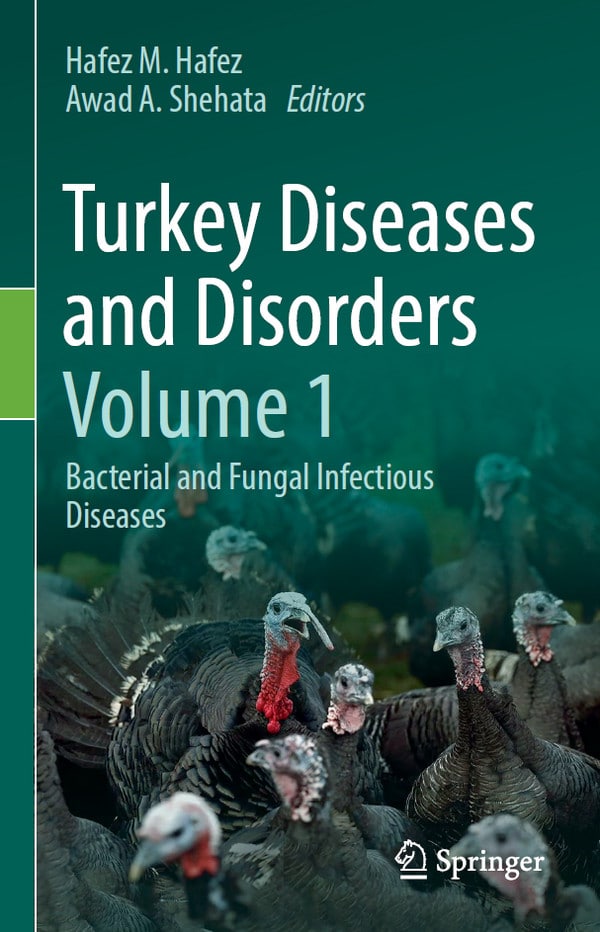


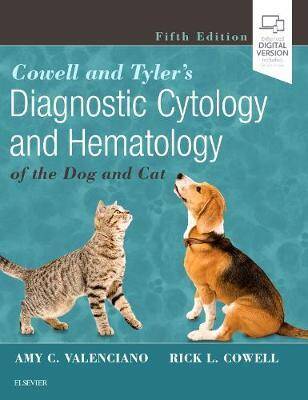


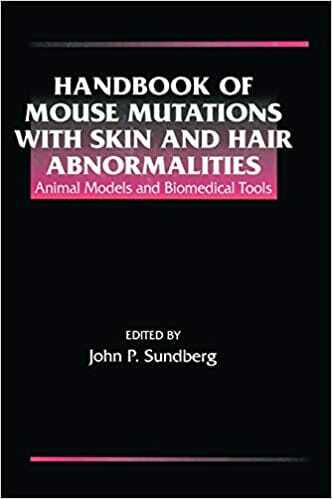
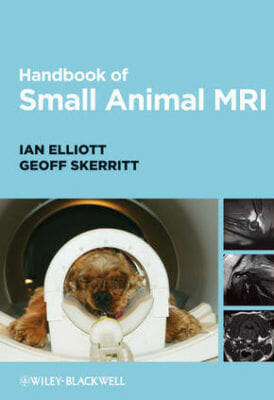
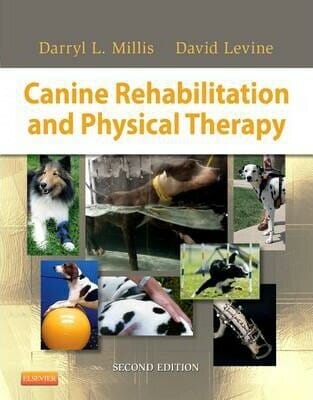
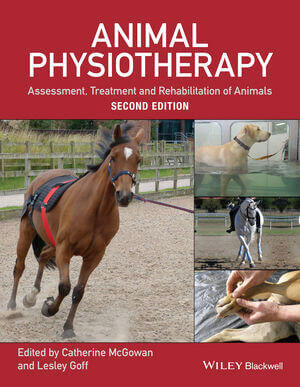
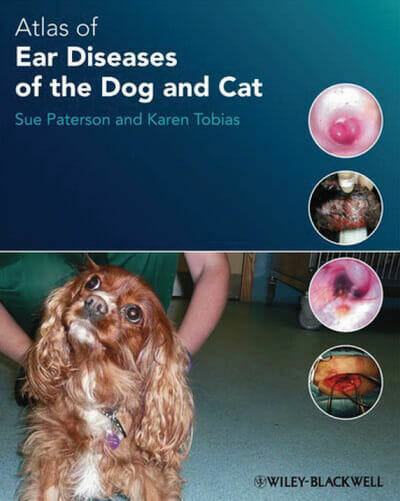


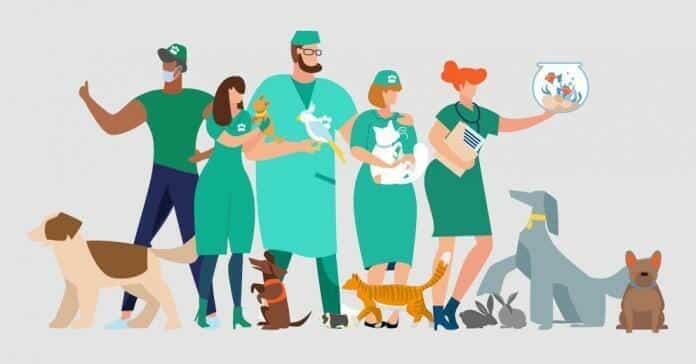








![Ettinger’s Textbook of Veterinary Internal Medicine 9th Edition [PDF+Videos] Ettinger’s Textbook of Veterinary Internal Medicine 9th Edition [True PDF+Videos]](https://www.vet-ebooks.com/wp-content/uploads/2024/10/ettingers-textbook-of-veterinary-internal-medicine-9th-edition-100x70.jpg)








